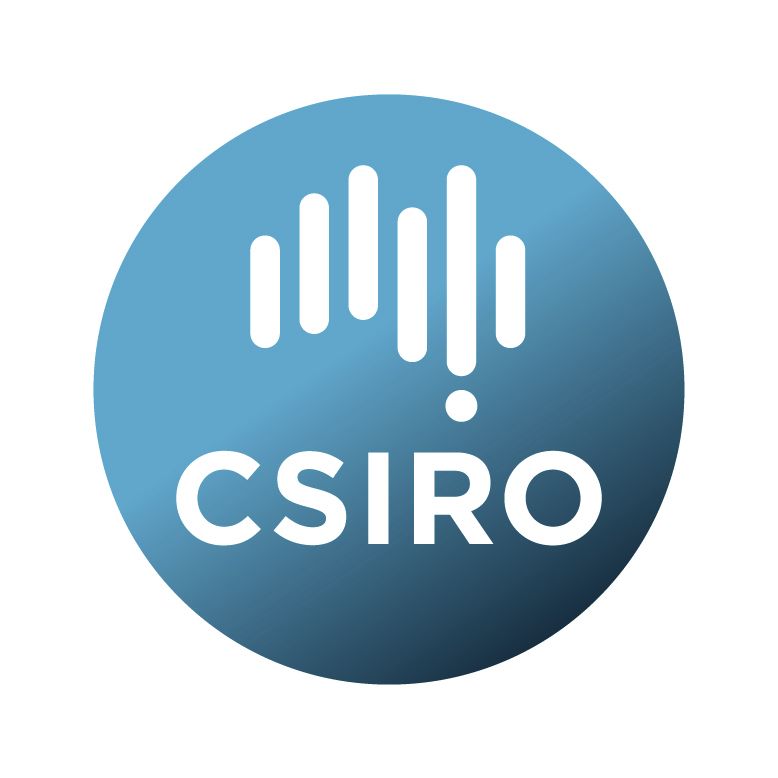Brief description
Aggregated Australian species occurrence data from 1900 to the present using a suite of facets of most importance for environmental assessments. Occurrence records were aggregated and organised by the Atlas of Living Australia (ALA, https://ala.org.au/) and include survey and monitoring data collected and managed by the Integrated Marine Observing System (IMOS, https://imos.org.au/) and the Terrestrial Ecosystem Research Network (TERN, https://tern.org.au/).Data from these infrastructures and other sources have been organised here as a national public-access dataset.
This dataset serves as a standardised snapshot of Australian biodiversity occurrence data from which many indicator datasets can more readily be derived (see Has Derivation entries below).
The primary asset is AggregatedData_AustralianSpeciesOccurrences_1.1.2023-06-13.csv. This contains all faceted data records for the period and supported facets related to time, space, taxonomy and conservation significance.
Six derived assets (SummaryData-ProtectionStatusAustralianMarineSpeciesOccurrences-1.1.2023-06-13.csv, SummaryData-ProtectionStatusAustralianTerrestrialSpeciesOccurrences-1.1.2023-06-13.csv, SummaryData-IntroducedSpeciesOccurrencesByMarineEcoregion-1.1.2023-06-13.csv, SummaryData-IntroducedSpeciesOccurrencesByTerrestrialEcoregion-1.1.2023-06-13.csv, SummaryData-ThreatenedSpeciesOccurrencesByMarineEcoregion-1.1.2023-06-13.csv, SummaryData-ThreatenedSpeciesOccurrencesByTerrestrialEcoregion-1.1.2023-06-13.csv) demonstrate uses supported by the faceted data. Each is a pivot of the aggregated dataset.
The data-sources.csv file includes information on the source datasets within the Atlas of Living Australia that contributed to this asset. README.txt documents the columns in each data file.
Grouping records from this dataset supports comparisons between the number of occurrence records for different regions and/or time periods and/or categories of species and occurrence data. Grouped counts of this kind may serve as useful indications of variation and change across the dimensions compared. Note however that such counts may not accurately reflect real differences in biodiversity. It is important to consider confounding factors (particularly variations in recording effort over time). Grouping all records by a single facet (e.g. IBRA region) may help to expose such factors.
These data are versioned at 12-month intervals. Previous versions will be linked below under Previous Version. The latest version can always be accessed at https://ecoassets.org.au/data/aggregated-data-australian-species-occurrences/.
Notes
GRIIS 1.6 includes a number of vertebrate species listed because some individuals have been translocated or (re-)introduced beyond their remaining ranges for conservation purposes. It is unhelpful for the current analysis to treat these as introduced species. These species were removed from the version of the GRIIS list used in this analysis. In future versions of GRIIS, these species will be documented as native species that have been translocated/reintroduced.
Lineage: All species occurrence data aggregated by the ALA as of 2022-12-31 were filtered to include only:
* Records from 1900 onwards
* Presence records only (exclude absence records
* Spatial coordinates present
* Taxon identified to at least species level
* Location falls within an IBRA or IMCRA region
Filtered data were processed to include the following elements:
1. Accepted taxon ID
2. Accepted species name
3. Classification (higher ranks)
4. Year of occurrence
5. Coordinates of occurrence
6. Basis of record (specimen, human observation, etc.)
7. State or Territory
8. IBRA7 terrestrial region
9. IMCRA 4.0 mesoscale marine bioregion
10. Status of location in CAPAD 2020 (not protected area, protected area, indigenous protected area)
11. Status of location in Forests of Australia (2013)
12. Status of location in Forests of Australia (2018)
13. Status of species on EPBC Act List of Threatened Species (mapped to accepted ALA species using GALAH R library)
14. Status of species on Global Register of Introduced and Invasive Species – Australia (GRIIS) version 1.6 (mapped to accepted ALA species)
Processed occurrence data were grouped to count records detected for each distinct combination of eleven primary facets. The resulting dataset is published as follows
* AggregatedData_AustralianSpeciesOccurrences_1.1.2023-06-13.csv
This dataset includes the following elements:
1. Year of occurrence
2. Basis of record (specimen, human observation, etc.)
3. State/Territory
4. IBRA7 terrestrial region
5. IMCRA 4.0 mesoscale marine bioregion
6. Status of location in Forests of Australia (2018)
7. Status of location in Forests of Australia (2013)
8. Status of location in CAPAD 2020 (not protected, PA – protected area, IPA – indigenous protected area)
9. Status of species on EPBC Act List of Threatened Species
10. Status of species on Global Register of Introduced and Invasive Species – Australia (GRIIS) version 1.6
11. ALA species identifier
12. Scientific name for species
13. Count of occurrence records matching the values for elements 1 to 11
Six derived summary datasets are also included. Each of this is a pivot of data in the main dataset and demonstrates a use case for the information:
* SummaryData-ProtectionStatusAustralianTerrestrialSpeciesOccurrences-1.1.2023-06-13.csv
* SummaryData-ProtectionStatusAustralianMarineSpeciesOccurrences-1.1.2023-06-13.csv
These two datasets include the following columns:
1. IBRA7 / IMCRA 4.0 bioregion
2. ALA Species ID
3. Species scientific name
4. EPBC status for species
5. Count of all records for species from region
6. Count of all records for species from protected areas inside region
7. Count of all records for species from protected areas under indigenous management inside region
* SummaryData-ThreatenedSpeciesOccurrencesByTerrestrialEcoregion-1.1.2023-06-13.csv
* SummaryData-ThreatenedSpeciesOccurrencesByMarineEcoregion-1.1.2023-06-13.csv
These two datasets include the following columns:
1. IBRA7 / IMCRA 4.0 bioregion
2. Starting year of the time period
3. Ending year of the time period
4. EPBC status for species
5. Count of all occurrence records in the region and status for the given period
6. Count of all distinct species in the region and status for the given period
* SummaryData-IntroducedSpeciesOccurrencesByTerrestrialEcoregion-1.1.2023-06-13.csv
* SummaryData-IntroducedSpeciesOccurrencesByMarineEcoregion-1.1.2023-06-13.csv
These two datasets include the following columns:
1. IBRA7 / IMCRA 4.0 bioregion
2. Starting year of the time period
3. Ending year of the time period
4. GRIIS status for species (Native, Introduced, Invasive)
5. Count of all occurrence records in the region and status for the given period
6. Count of all distinct species in the region and status for the given period
Available: 2023-09-26
Data time period: 1900-01-01 to 2022-12-31
Subjects
ALA |
Australia |
Biological Sciences |
Biogeography and Phylogeography |
CAPAD |
Earth Sciences |
EPBC |
Earth System Sciences |
EcoAssets |
Evolutionary Biology |
GRIIS |
IBRA |
IMCRA |
IMOS |
Other Earth Sciences |
State of Forests |
TERN |
biodiversity |
marine observations |
monitoring |
research data |
species occurrence |
terrestrial ecosystems |
User Contributed Tags
Login to tag this record with meaningful keywords to make it easier to discover
Identifiers
- DOI : 10.25919/XPY6-T550

- Handle : 102.100.100/600066

- URL : data.csiro.au/collection/csiro:60456



